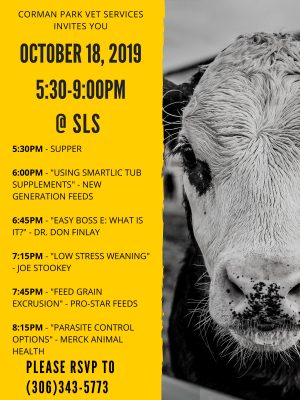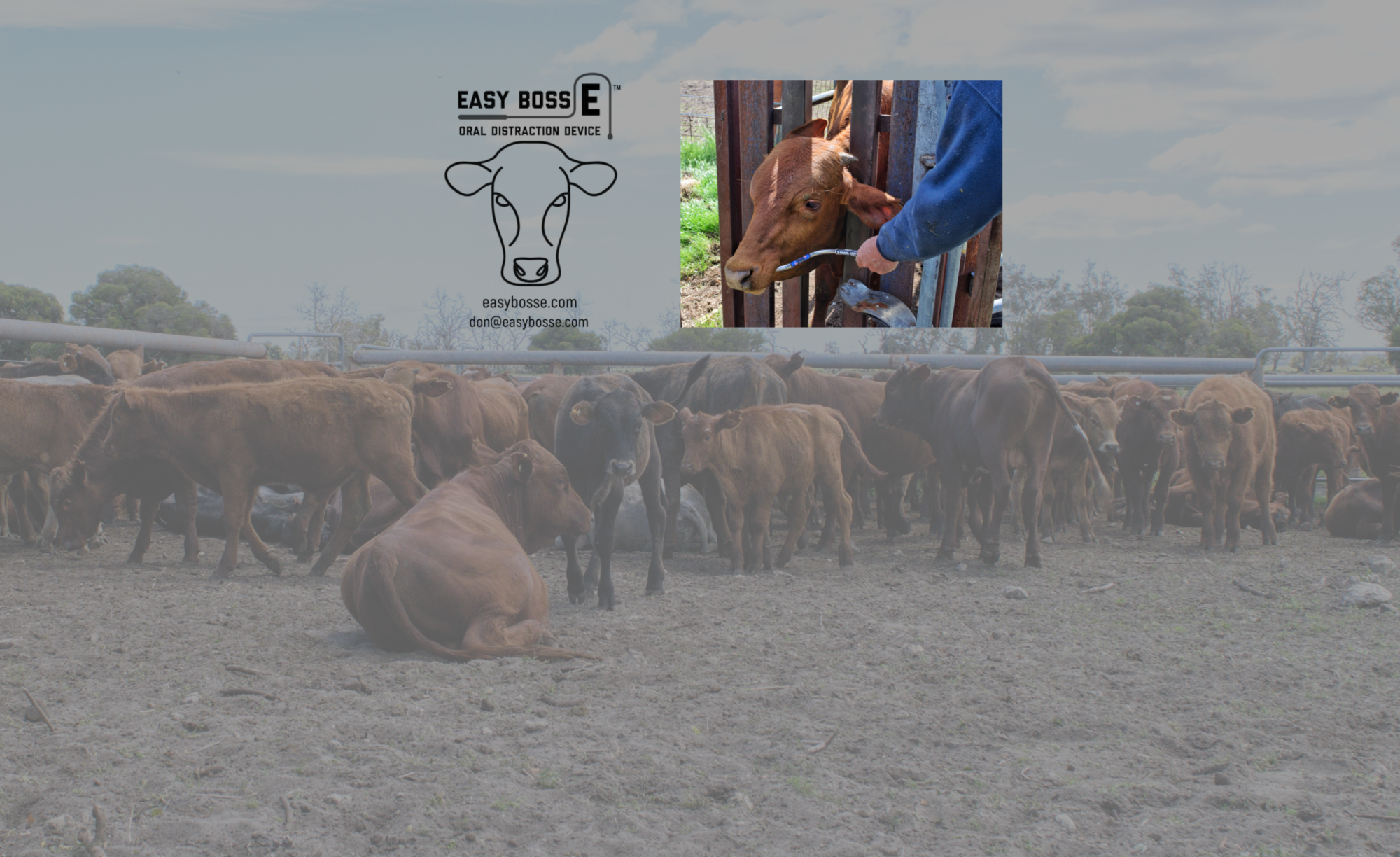Treating for Liver Fluke with EBE
Jack and Holly are looking after their animals, here they use EasyBossE and a hand pump to drench for the liver fluke parasite.
Drain and flush an abscess…
EasyBossE at Corman Park

Easy Boss E: Now Made in Ireland…
Note: In N Ireland pine tar is rubbed on teats and udders of heifers and not in calf cows to keep summer flies from chewing them up.
Easy Boss E for De-Horning
Easier administration of local freezing with Easy Boss E oral distraction device.
Assisting Calf Acceptance
With the use of the Easybosse device, this cow quietly accepts a calf that is not hers and lets it feed.
Easy Boss E Display at AgDays 2019
Come see the device and learn more about its use and benefits to cattle handling at the Brandon Ag Days 2019. We will be in in the NE corner of Barn No. 4 at table 1816. A map of the display location can be accessed at AgDays maps. Click on the “E” to quickly scroll down to near the Easy Boss E link.
AgDays 2019 will happen in the Keystone Complex in Brandon, Manitoba, Canada. Admission and parking are free. Exhibitor hours are: Tuesday January 22nd, 9 AM to 5 PM, Wednesday January 23rd, 9 AM to 5 PM, Thursday January 24th, 9 AM to 5 PM.
Video: Treatment of Leg Wound
This animal’s leg was treated without any sedation using the easybosse oral distraction device:
Local Anesthetic for Tumor Treatment near Cow’s Eye
Dr. Comrie injects local freezing to treat a sore tumour close to a cow’s eye. Robyn Comrie works with the Easy Boss E oral distraction device to help calm and steady the animal:
